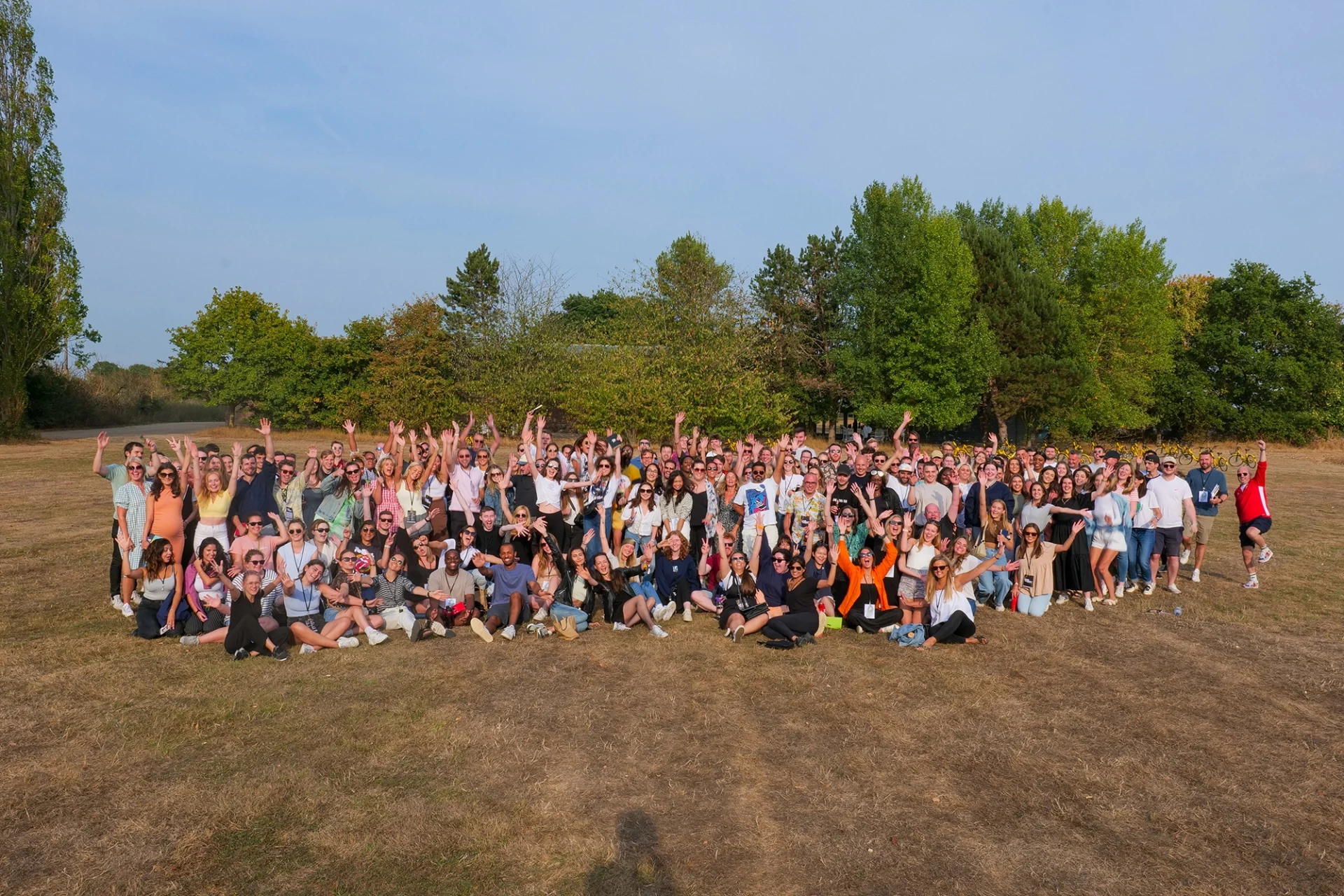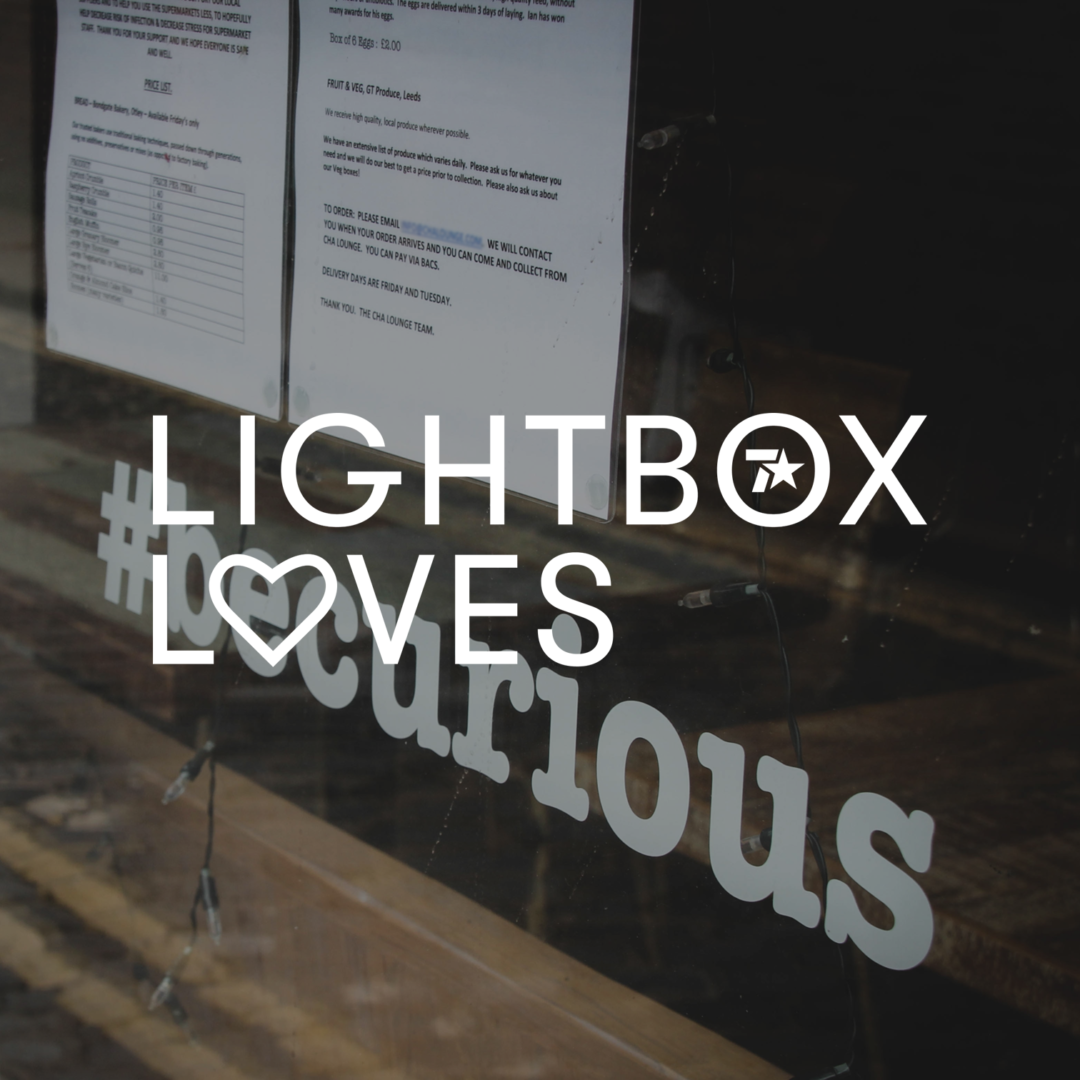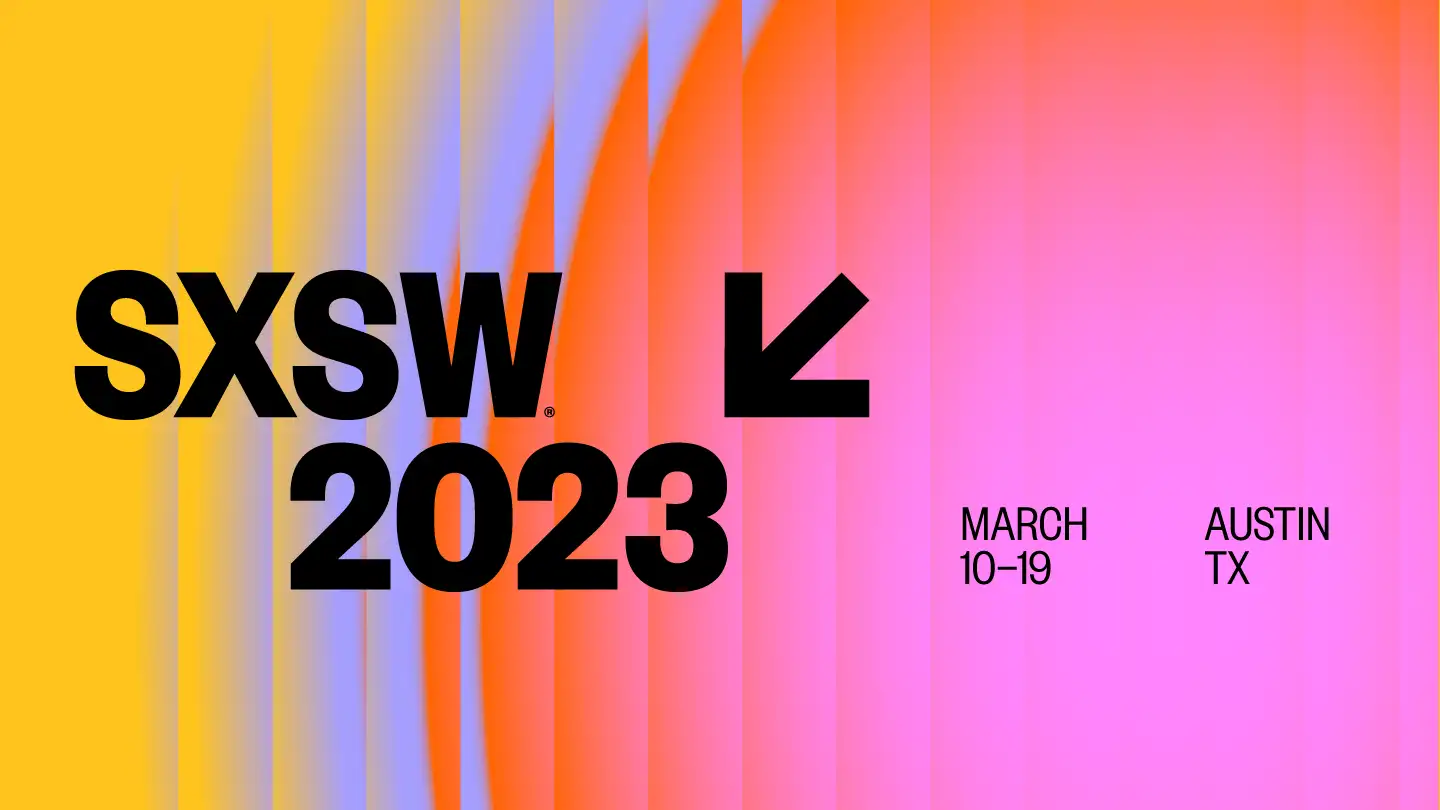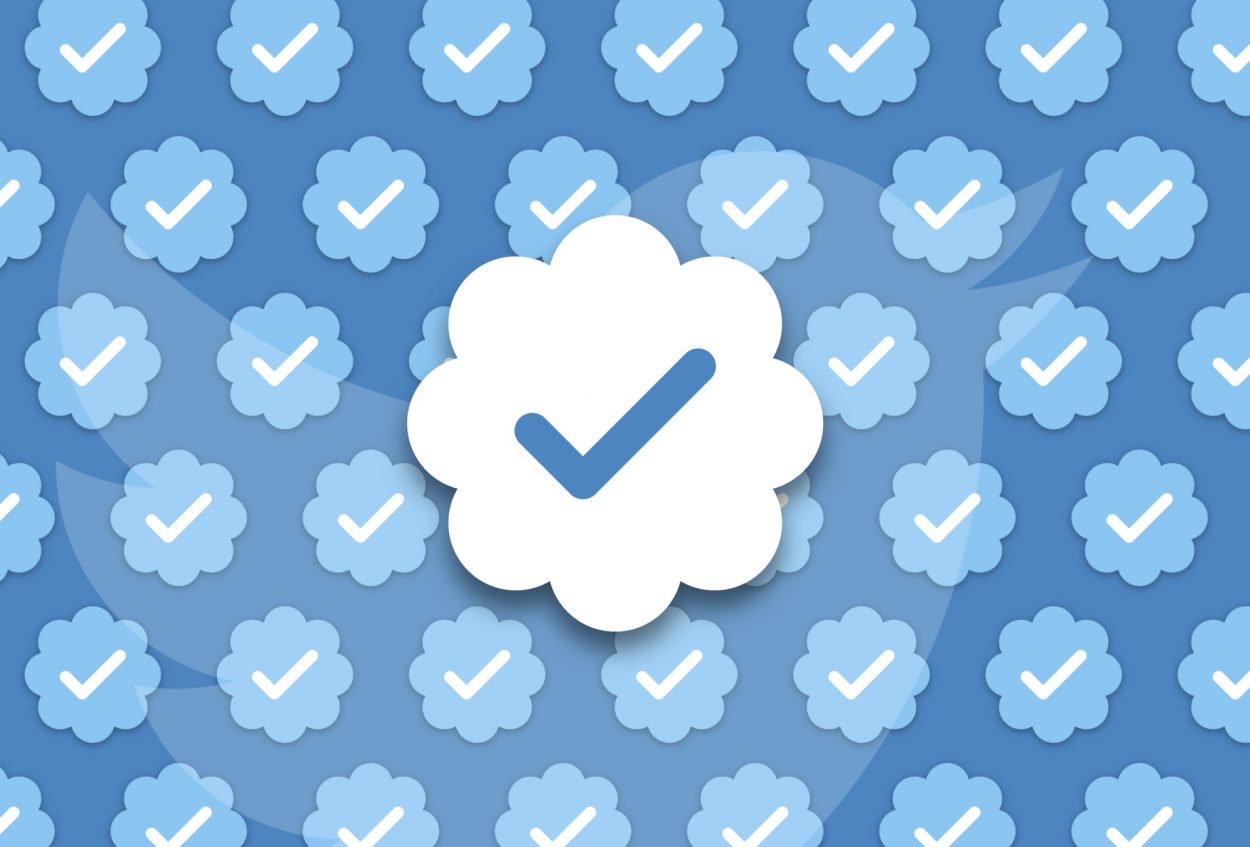While many phrases have been used to describe Elon Musk’s first six months in charge of Twitter, ‘uneventful’ certainly is not one of them. Since officially announcing his takeover of the social media giant in characteristically troll-some fashion, the company has undergone a series of rapid, controversial changes, as its new CEO looks to make the company’s finances sustainable.
Musk’s signature proposition has been Twitter Blue, a radical rewriting of the platform’s verification programme. Gone are the days where a verified profile required a formal application to Twitter; anyone, regardless of notability, can now acquire a coveted blue checkmark for their account – so long as they are willing to cough up $8 a month.
On April 20th, Twitter formally removed the blue checkmarks from all remaining ‘legacy’ verified accounts, leading to a bizarre period when accounts as high-profile as @nytimes and @pontifex – the official account of Pope Francis – with a combined 74m followers, were left check-less. All of which has created somewhat of a dilemma for brands – should they pay for a verified account and, if they choose not to, what pitfalls may they encounter?
The major benefit of Twitter’s old verification system was that it acted as a quick sense check for users. Other profile features, such as a large follower count, may indicate that a brand account is genuine. But in a platform where fake accounts often crop up faster than they can be removed, with an experience designed for the fast-scrolling consumer, a blue checkmark signalled authenticity.
The early months of Musk’s tenure have shown that even a paid-for verification may no longer be enough for brands to stave off imposters. Soon after Twitter Blue was launched, a host of accounts pretending to be recognisable brands surfaced, blue checkmark in arm, with many posting controversial content under the guise of the brand. And while many such accounts were intended as satire, their presence had significant ramifications, with some causing steep falls in share prices.
In reaction, Twitter has created new gold and silver checkmarks for organisations and government figures, creating an additional safeguard for users looking to interact with brands. Yet such badges currently appear to be applied inconsistently: @BBCNews has a gold checkmark, for example, but its sister account @BBCWorld is stuck with plain old blue.
And then there’s cost. According to Twitter, a Verified Organization’s subscription starts at $1,000 a month. While this may be affordable for some companies, for smaller brands this fee represents a significant outlay. Add to that the possibility that other social media sites – such as those owned by Meta, which is also experimenting with a paid-for verification service – may soon begin charging brands for checkmarks, and such costs could become prohibitively expensive for some companies.
Any brand weighing up whether to invest in verification will have to assess several factors: the role their social media presence plays for customers, their likelihood to face imposter accounts, and the reputational risk that not being verified may incur.
It’s worth noting that, while seismic, the recent changes made to Twitter have all occurred within a short space of time. While the current litany of blue, gold, silver and grey checkmarks may cause short-term confusion, over time users will gain a deeper understanding of how to confirm accounts’ authenticity – creating a danger that branded accounts without verification will be left behind.
The Twitter Blue programme has changed how social media operates, and its impact extends beyond Twitter. While most users have so far been reluctant to pay for their accounts, if uptake increases this would have significant implications for advertisers – not least because subscribers are shown around 50% fewer ads on the platform.
Similarly, the implications for brands of choosing whether or not to pay for their verified checkmarks will take time – to borrow from Musk’s infamous takeover announcement – to sink in.










Recent Comments